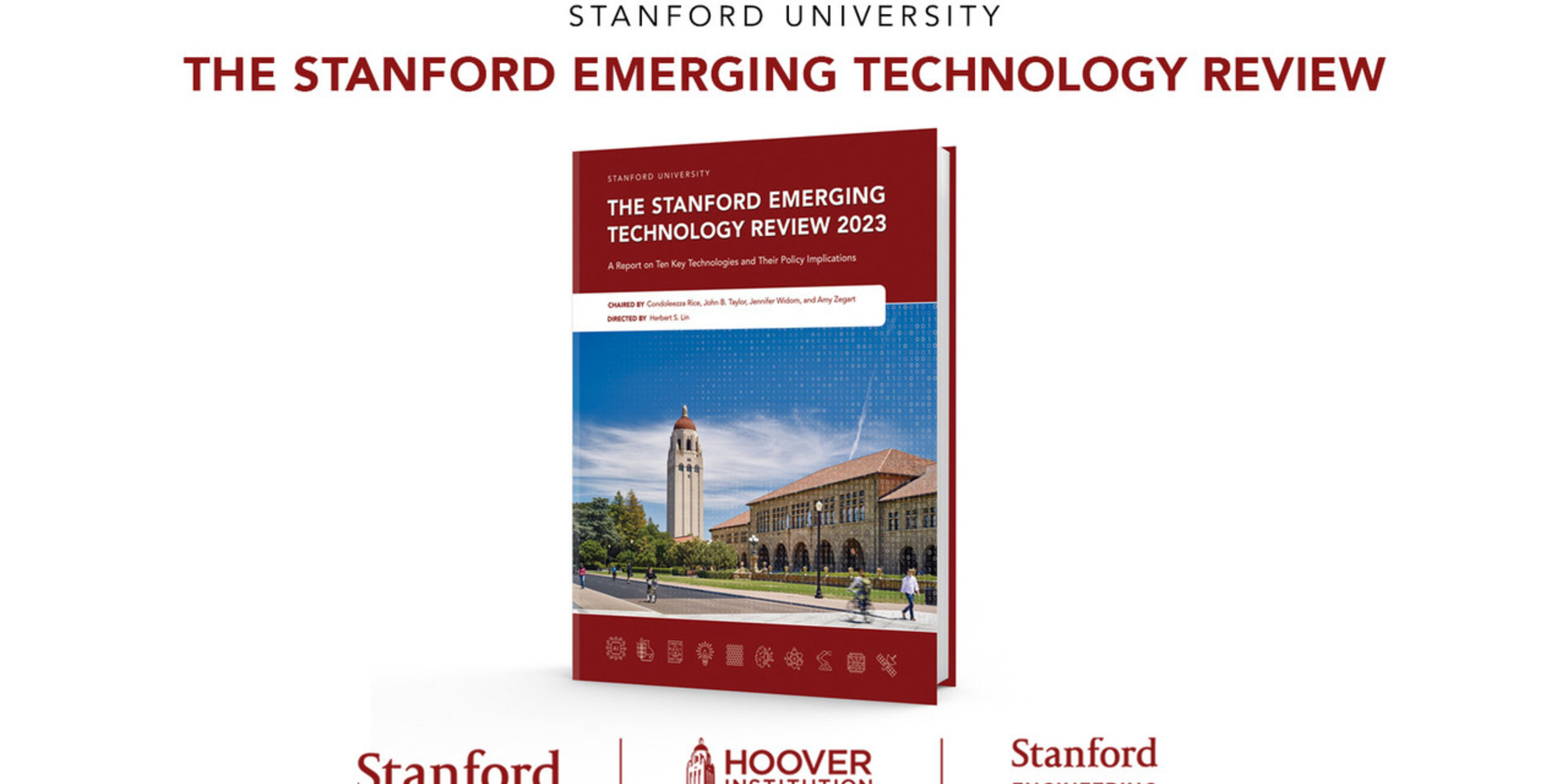The Porous Microstructure Analysis (PuMA) software has been selected as the 2022 NASA Software of the Year. PuMA is a software developed to accurately predict material properties and response based on a materials microstructure. A technique called X-ray microtomography allows researchers to image material microstructures with sub-micron resolution. These large 3D datasets can then be used by PuMA to perform simulations to extract material properties including porosity, surface area, pore diameters, thermal conductivity, electrical conductivity, tortuosity, permeability, and elasticity.
PuMA was originally developed to analyze and improve heat shield materials used by NASA missions for atmospheric entry. To this end, PuMA has been used extensively by the NASA Entry Systems Modeling project, the Certification by Analysis project, the Orion/Artemis mission, and the Mars Sample Return – Earth Entry Vehicle mission.
Although PuMA was developed to model heat shield materials, the underlying numerical methods are applicable to many physical problems. PuMA has been used by researchers in academia, industry, and government in the study of advanced composites, concrete, batteries, 3D printed materials, geological flows, porous media combustion, meteoroid analysis, and parachute fabrics, among others.
Joseph C. Ferguson, a PhD Canidate in the Stanford Department of Mechanical Engineering, and a member of the SESS lab, created the software in 2014 at the NASA Ames Research Center, as a part of the Entry Systems Modeling project under the Game Changing Development program. The project is co-led by Joseph C. Ferguson (Stanford) and Federico Semeraro (AMA at NASA Ames Research Center). Other significant contributors include John M. Thornton, Arnaud Borner, Francesco Panerai, Nagi N. Mansour, Jeremie B.E. Meurisse, and Sergio Fraile Izquierdo.
The software is available open source to the scientific community. More information can be found at the links below:
GitHub repository: https://github.com/nasa/puma
Documentation: https://puma-nasa.readthedocs.io/
Community chat: https://gitter.im/puma-nasa/community
YouTube channel: https://www.youtube.com/channel/UCBp_QC6ctwzdyxfZn7uHj0w/playlists
Tutorials: https://github.com/nasa/puma/tree/main/tutorials











